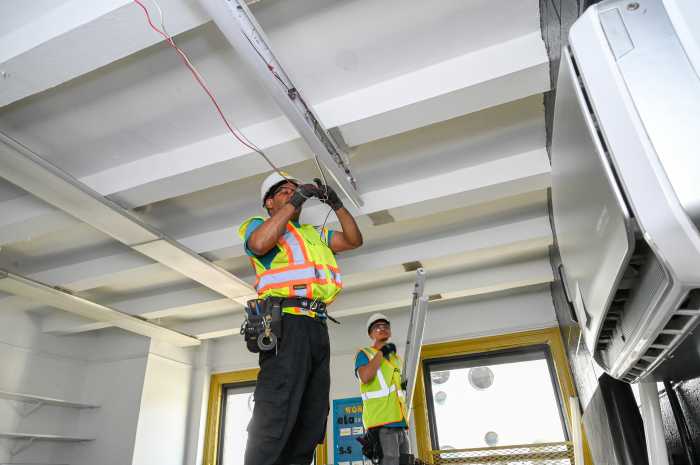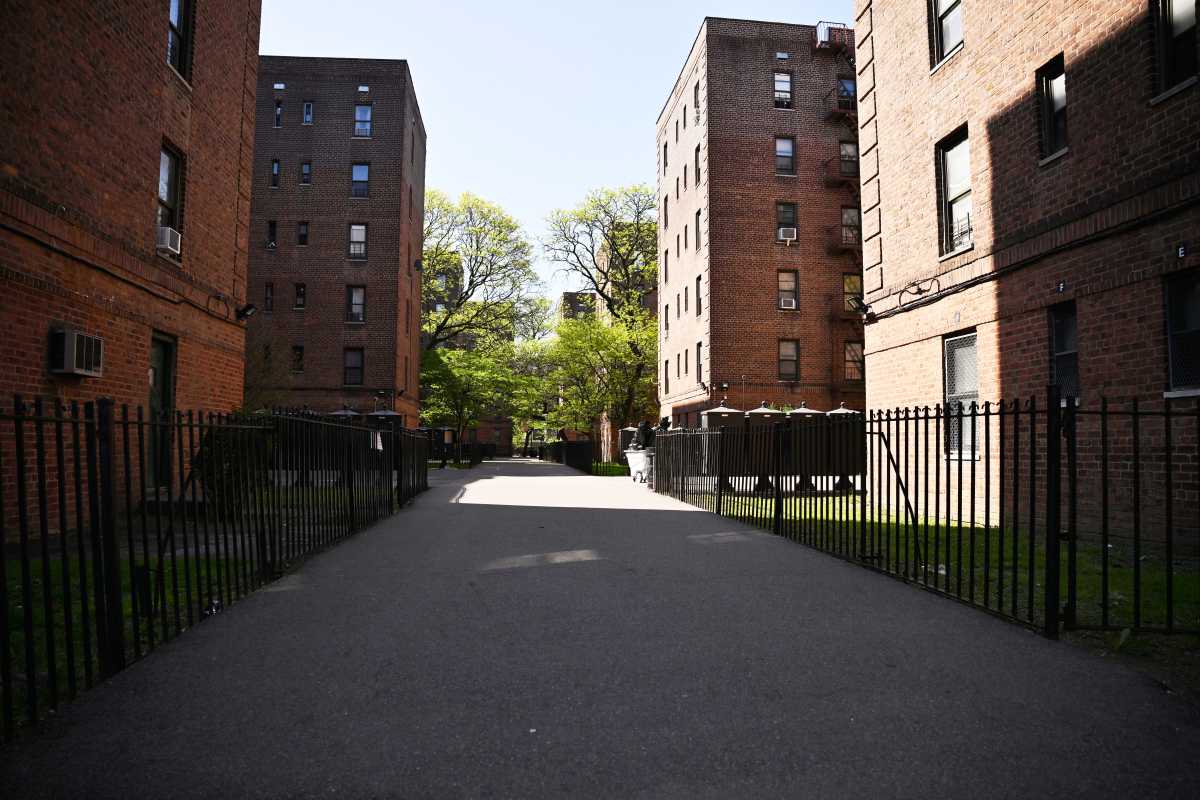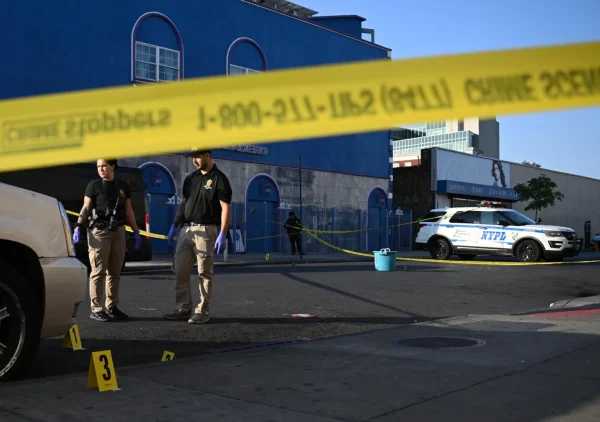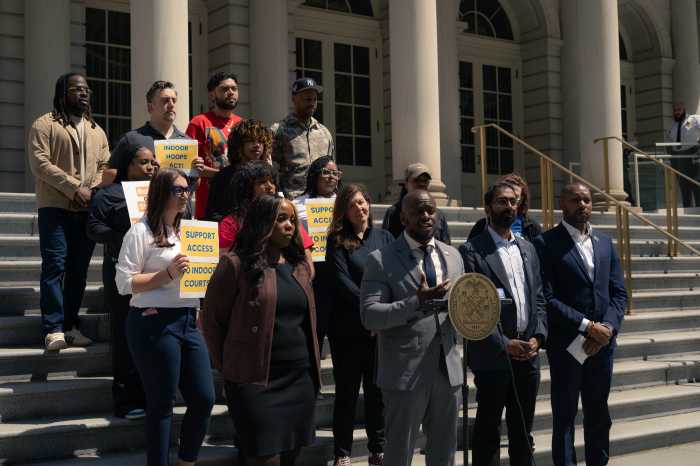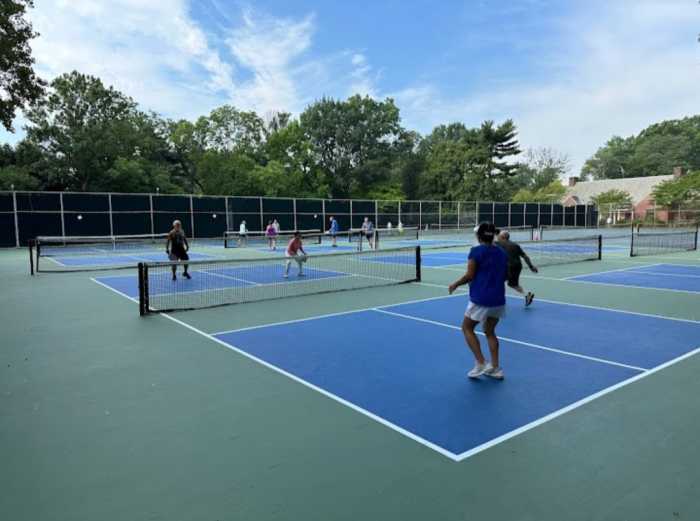September is Prostate Cancer Awareness Month, a time to focus on the importance of early detection and treatment of a disease that affects 1 in 8 men during their lifetime. Early-stage prostate cancer often has no symptoms, making regular screening, such as PSA tests and digital rectal exams, crucial for early detection.
When prostate cancer is diagnosed, one of the critical decisions patients face is choosing the most appropriate treatment. Several treatment options are available, including surgery, external beam radiation therapy, and brachytherapy. Each option has its benefits and potential side effects, making it essential for patients to have a thorough discussion with their healthcare providers.
The Importance of Consulting a Radiation Oncologist
It’s absolutely essential that men diagnosed with prostate cancer meet with a radiation oncologist, particularly one skilled in brachytherapy. Unfortunately, many men are not offered this option, despite its proven effectiveness and benefits. Brachytherapy is a specialized procedure that requires expertise and precision. Consulting with a specialist experienced in this area can significantly impact treatment outcomes and overall quality of life.
Low dose-rate (LDR) brachytherapy has become a well-established treatment option for prostate cancer, offering high cure rates with fewer unwanted side effects compared to surgery. However, despite its effectiveness, the use of LDR brachytherapy has been steadily declining in the U.S. in recent years. This decline is partly due to financial incentives favoring longer courses of radiation and the fact that many training institutions no longer teach this important modality, leaving patients unaware of this highly effective treatment option.
Brachytherapy vs. External Beam Radiation Therapy
Prostate Brachytherapy, specifically LDR Brachytherapy, is a highly targeted form of radiation therapy used to treat localized prostate cancer. In contrast to external beam radiation therapy (EBRT), which requires daily treatments over several weeks, brachytherapy is a one-time procedure that typically takes less than an hour.
- Brachytherapy: Involves implanting tiny radioactive seeds directly into the prostate gland. These seeds deliver radiation precisely where it’s needed, effectively killing cancer cells while minimizing exposure to surrounding healthy tissues. The procedure is performed under local or general anesthesia, and most patients can return to normal activities the next day.
- External Beam Radiation Therapy (EBRT): Requires patients to undergo treatment sessions five days a week for several weeks. This extended treatment schedule can be disruptive and comes with a higher likelihood of side effects, including potential damage to surrounding tissues.
Why Choose Brachytherapy?
One of the standout features of brachytherapy is its ability to target cancer at its source, resulting in high cure rates with minimal side effects. Unlike more invasive procedures like surgery, brachytherapy has shown the best rates of erectile function preservation, allowing men to maintain their quality of life after treatment.
What to Expect During Brachytherapy
LDR brachytherapy is performed on an outpatient basis and takes less than an hour. During the procedure, the prostate gland is visualized using advanced imaging techniques. The radioactive seeds are then implanted in precise locations within the prostate, where they emit a controlled dose of radiation over a short period of time. A protective hydrogel may be placed between the prostate and rectum to shield the rectum from radiation.
Recovery from brachytherapy is generally quick. Most men resume normal activities the day after the procedure, including sexual activity. The minimally invasive nature of brachytherapy, combined with its targeted approach, makes it a compelling option for many men diagnosed with localized prostate cancer. Many patients experience minimal downtime and are often surprised by how little time the procedure requires, making it an ideal option for those with busy schedules.
Innovating Brachytherapy Practices
Dr. Manuj Agarwal is a Radiation Oncologist, fellowship trained Brachytherapist and co-founder of the Prostate Cancer Institute of America (PCIA). He is keen on reversing the declining trend of brachytherapy in the U.S. As a native New Yorker, he is thrilled to expand PCIA to New York and re-establish brachytherapy as a high-quality, financially viable treatment modality. Dr. Agarwal’s approach integrates the latest technological advancements, including the incorporation of MRI, artificial intelligence, and real-time intraoperative planning. These innovations allow for ultimate precision and tailored therapy to the individual patient, ensuring the most accurate and effective treatment possible. His model has already inspired interest from other Radiation Oncologists and Urologists who are eager to adopt similar practices in their regions.
If you or a loved one has been diagnosed with prostate cancer, consider reaching out to learn more about how brachytherapy could be the right choice for you.
Contact Information
To learn more about prostate brachytherapy or to schedule a consultation, call (347) 428-1020 or visit https://prostatecancerusa.com/new-york.
Read More: https://www.amny.com/sponsored/





